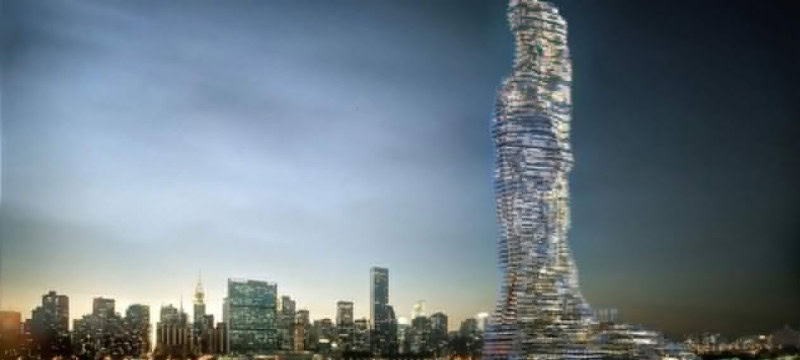Science fiction typically depicts cities as all-encompassing, self-contained systems, but is it really possible to create a massive metropolis inside of a structure?
Science fiction’s use of enclosed cities as a metaphor for futuristic towns has grown commonplace. They are self-sufficient ecosystems with all necessary infrastructure, such as water, food production, waste management, and energy generation.
ALSO READ: The ‘Sun engine’ of the 20th century was abandoned.
In an effort to unite building with ecological ideas, architect Paolo Soleri created the idea of an arcology in 1969. This phrase is a portmanteau combining architecture and ecology. A year later, Soleri began construction of Arco Santi, an experimental American town that served as a showcase for his theories.
Science fiction was inspired by Soleri’s ideas for futuristic cities, monolithic homes where people might live and work without ever leaving the structure. The enormous high-rise structures in the films Skyscraper and Dredd, which are based on the comic book character Judge Dredd, are two examples, however little information is provided.

In turn, some real-world variations could have been influenced by science fiction. The Line, a large smart metropolis being planned by Saudi Arabia, is described as being able to fit nine million people inside of a single, 200-meter-wide (660-foot) structure that stretches 170 kilometers (105 miles) and is 500 meters (1,650 feet) tall. The Line would be powered by solar panels and wind turbines, but it wouldn’t be completely self-sufficient because the occupants would still require food and other supplies, which would need to be obtained from outside sources.
There are already several constructions that resemble arcologies. For instance, because of their isolation, research facilities in Antarctica are mostly self-sufficient communities. They must be independent due to the surrounding environmental restrictions. Around 3,000 researchers and support employees are housed at McMurdo Station. The station still needs a sizable amount of food and fuel each year, though.
Aircraft carriers, nuclear submarines, and oil rigs are a few more examples of constructions that are intended to be as self-sufficient and self-contained as feasible. Even though they are only intended for temporary usage, these contain all of the crew’s housing and working spaces. A nuclear submarine can stay down for up to four months whereas an aircraft carrier requires resupply every few weeks. But neither of these is especially enjoyable. Particularly on submarines, sleeping quarters might be shared, there is little natural light, and vitamin D tablets are often given for the crew.









